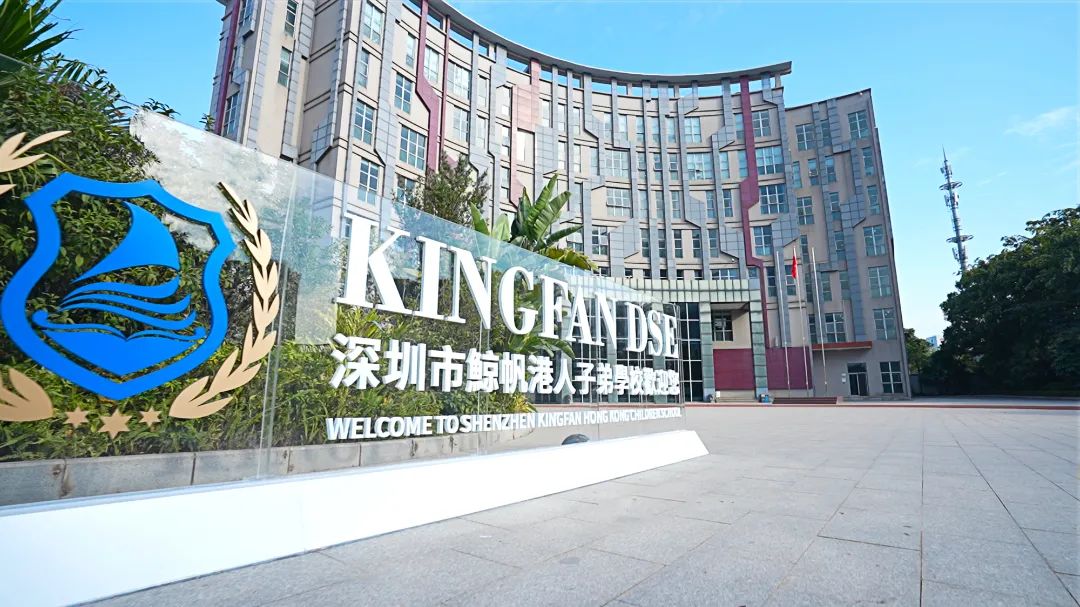Total number of words:571 words
What is the principle behind the ancient continental rift and drift? How are rocks formed? Can you explain the process of the Earth's biological evolution?
The "Exploring the Rift and Drift of the Dapeng Peninsula" project-based learning (PBL) interdisciplinary outdoor experiential learning for grades 6-8, including the Hong Kong division, continues to resonate. Students are still discussing these driving questions, writing in their research manuals, and PBL interdisciplinary project-based learning is progressing vigorously.
Director Xiao Hua from the Student Development Center and Director Luo Juan from the PBL Curriculum Development Center have had multiple discussions and conducted several training sessions for teachers, integrating internal and external resources. They efficiently blend social practice activities with on-campus PBL courses.
The purpose of this experiential learning is to enhance physical fitness, broaden horizons, develop outdoor exploration abilities, improve students' leadership and teamwork awareness. Through PBL interdisciplinary learning in real situations, students are trained in concentration, execution, teamwork, and the application of PBL interdisciplinary knowledge.
In this PBL interdisciplinary project-based learning, centered around the Dapeng Peninsula National Geological Park in Shenzhen, students delve into the principles of ancient continental rift and drift, the process of rock formation, and the evolution of Earth's organisms. Deepening understanding of the world from scientific and artistic perspectives, disseminating geological knowledge, and raising environmental awareness.
Highly integrated in science, art, language, physical education, and other disciplines. In terms of science, students can understand the principles of ancient continental rift and drift, the formation of rocks on the Dapeng Peninsula, and the evolutionary process of Earth's organisms. They can master relevant scientific knowledge and transfer it to theoretical knowledge in the classroom.
Seventh-grade students also learned about rock formation and volcanic eruptions.
"Could there be baby dinosaurs in dinosaur eggs?"
In the artistic aspect, students appreciate artworks made from rocks of various materials in the museum, feeling the beauty of nature and human creativity. They can conceive and create art with an understanding of nature and self.
A row of crystal-clear crystals, the crystallization of nature, is the most direct manifestation of natural beauty.
In terms of language, students can interpret video materials and texts related to outdoor exploration in both Chinese and English. They can express their views clearly in both written and spoken language, interpreting the impact of the Dapeng Peninsula on Shenzhen.
Record of the students' research manuals
In physical education, students can master basic outdoor exploration methods, strive to achieve personal goals, cooperate through practical actions, appreciate the interdependence between people and the environment.
Before and after the experiential learning activities, students engage in exploration, discussions, and interactions in the classroom, interpreting the relevant resources involved in experiential learning. Through brainstorming, they collect and organize data before and after the experiential learning. After a day of outdoor experiential learning, they solve doubts, seek true knowledge, and enhance leadership and teamwork in real scenarios.
Experiential learning is a walking classroom, a journey of broadening horizons and savoring humanities. During experiential learning, we grow and harvest along the way.





